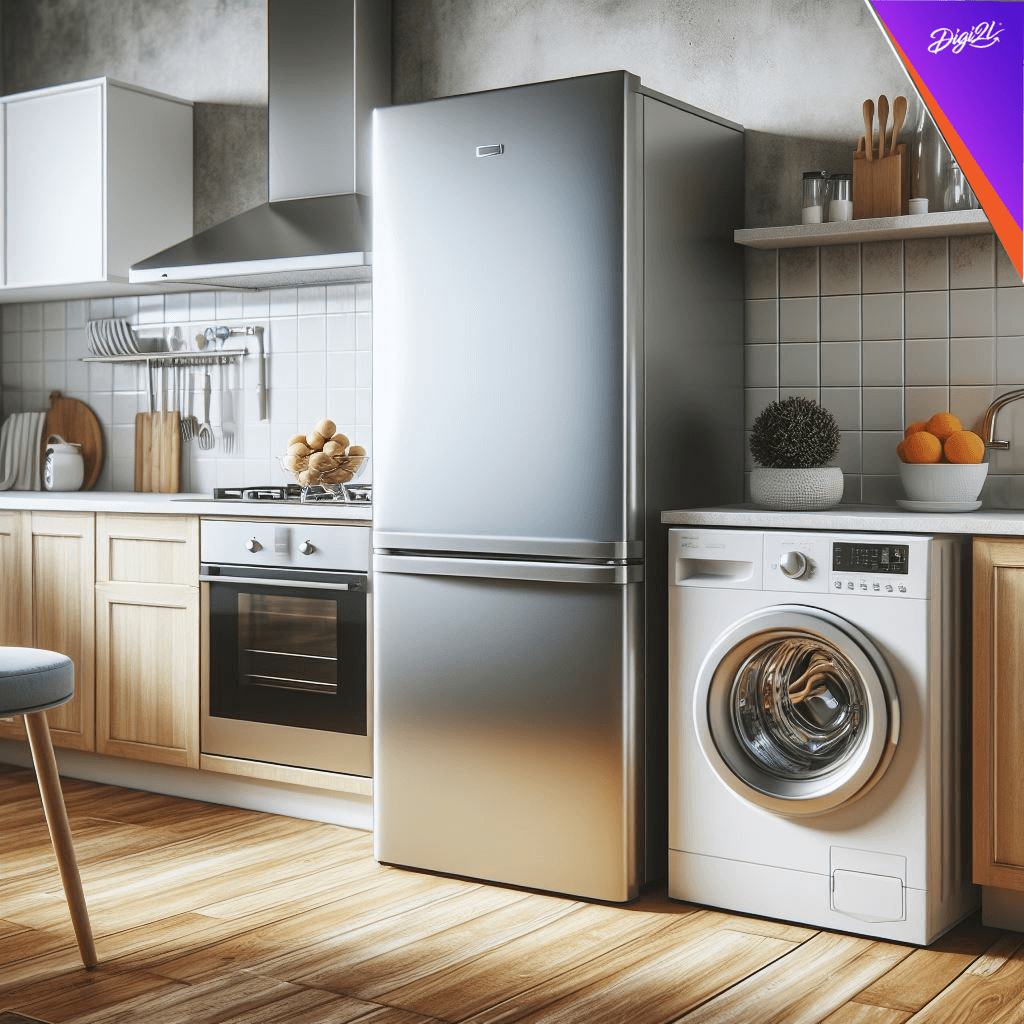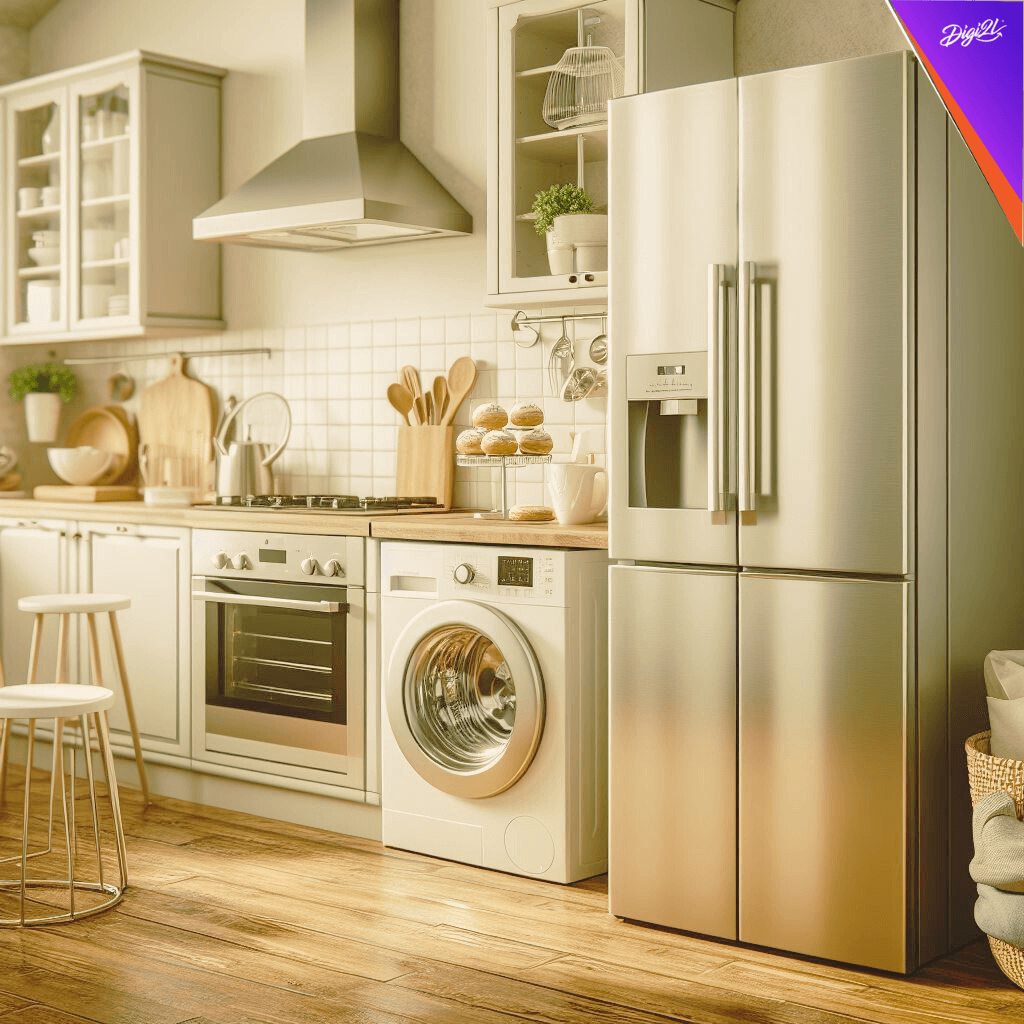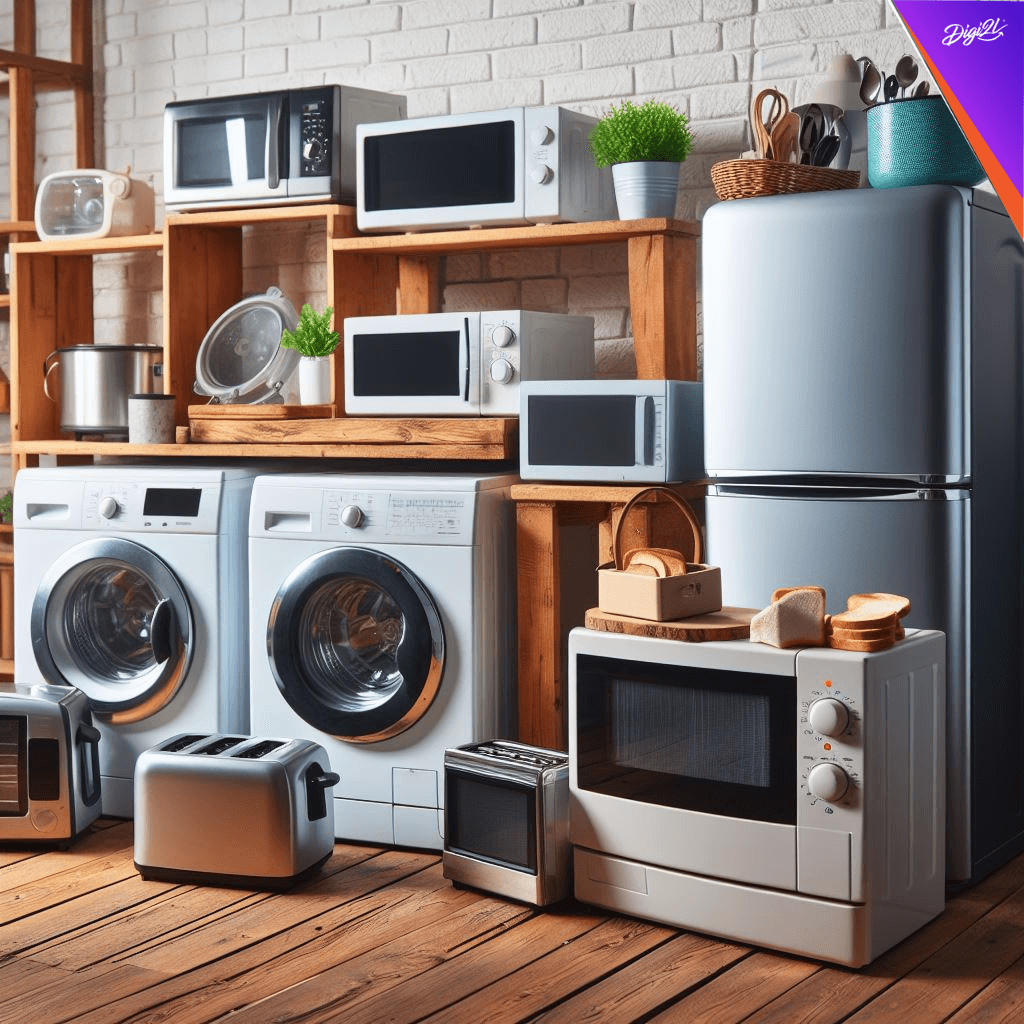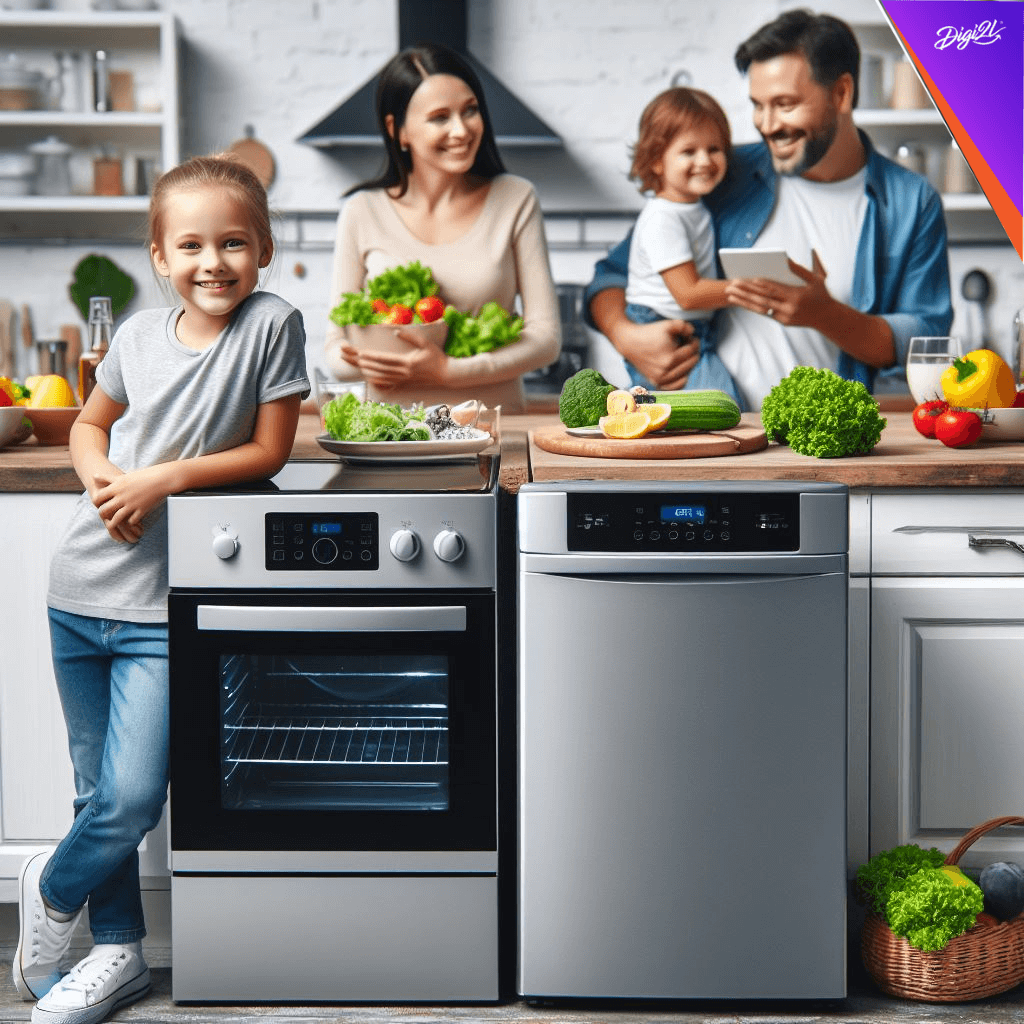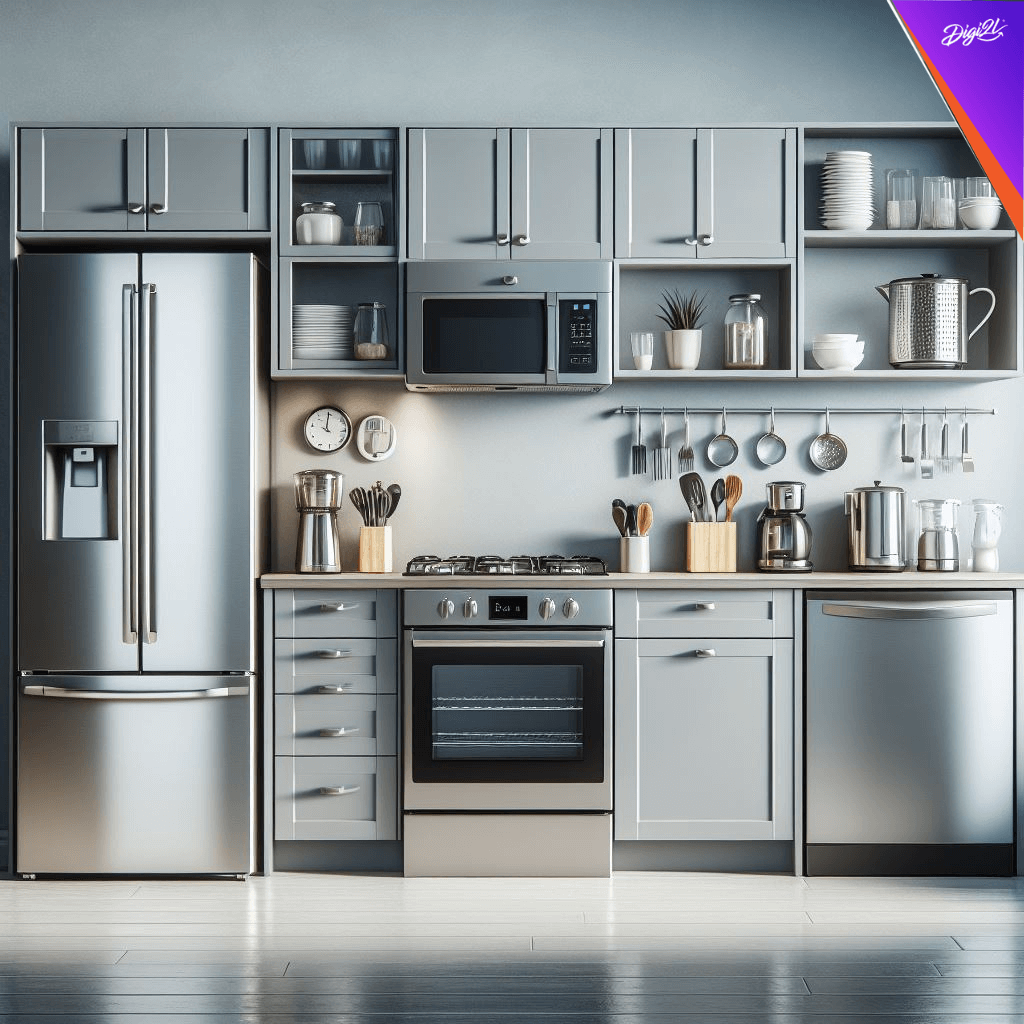Looking to upgrade your home appliances without breaking the bank? Consider the compelling benefits of buying refurbished appliances from the 2L Store, India’s first digital platform to buy refurbished appliances, offering 14-step quality checked appliances, and savings of up to 80%. By choosing refurbished appliances, you not only save money but also contribute to reducing electronic waste and supporting sustainability. Enjoy peace of mind with Digi2L Verified appliances backed by warranty, plus the convenience of express delivery. Make the smart choice for your home and the environment by exploring the affordable and reliable selection of refurbished televisions, refrigerators, washing machines, and air conditioners at the 2L Store today!
In today’s consumer landscape, buying refurbished appliances has become a savvy choice for individuals seeking quality products at affordable prices. Whether you’re in the market for a new refrigerator, television, washing machine, or air conditioner, opting for refurbished models can offer several compelling benefits. Let’s explore why buying refurbished appliances might be the smart decision you’ve been looking for.
- Cost Savings Without Compromise One of the most attractive benefits of buying refurbished appliances is the significant cost savings compared to purchasing brand new. Refurbished appliances are typically priced lower than their new counterparts, allowing you to stretch your budget further and potentially afford higher-quality models or additional appliances for your home. With savings of up to 80% off retail prices, choosing refurbished appliances from the 2L Store makes upgrading your home more affordable than ever.
- Quality Assured Through Rigorous Checks Contrary to common misconceptions, refurbished appliances are not simply used items sold as-is. At the 2L Store, each appliance undergoes a rigorous 14-step quality check to ensure that it meets high standards of performance and reliability. This thorough inspection process gives customers confidence in the quality and durability of refurbished appliances, offering peace of mind with every purchase.
- Eco-Friendly Choice: Reducing Electronic Waste By opting for refurbished appliances, you’re making an environmentally conscious decision. Buying refurbished helps reduce electronic waste by extending the lifespan of appliances that might otherwise end up in landfills. This sustainable approach contributes to a greener planet and aligns with the principles of a circular economy, where products are reused and recycled to minimize environmental impact.
- Enjoy Express Delivery and Convenience The 2L Store not only offers top-quality refurbished appliances but also prioritizes customer satisfaction through express delivery services. Enjoy the convenience of having your chosen appliances delivered to your doorstep promptly, saving you time and effort. Whether you’re upgrading your home or replacing a specific appliance, the seamless shopping experience at 2L Store ensures a hassle-free process from selection to delivery.
- Digi2L Verified: Trustworthy Appliances Backed by Warranty When you buy refurbished appliances from the 2L Store, you benefit from Digi2L Verified products backed by warranty coverage. This assurance protects your investment and provides added security against unexpected issues, giving you the confidence to enjoy your refurbished appliance for years to come. Each Digi2L Verified appliance meets stringent quality standards, ensuring reliability and customer satisfaction.
Why Choose Refurbished Appliances from 2L Store?
- Best Price Guarantee: Enjoy unbeatable prices on a wide range of refurbished appliances, allowing you to upgrade your home within budget.
- Quality You Can Trust: Rest assured knowing that each appliance undergoes a comprehensive quality check to ensure optimal performance and durability.
- Savings up to 80%: Maximize your savings without compromising on the quality of your home appliances.
- Express Delivery: Experience fast and reliable delivery services, getting your refurbished appliance to your doorstep efficiently.
- Digi2L Verified Assurance: Benefit from warranty coverage and Digi2L’s commitment to customer satisfaction, making your shopping experience worry-free.
Conclusion Buying refurbished appliances from the 2L Store offers a host of compelling benefits, from significant cost savings and quality assurance to eco-friendly practices and convenient shopping experiences. Whether you’re looking to upgrade your kitchen with a refurbished refrigerator or enhance your entertainment setup with a refurbished television, choosing refurbished appliances is a smart and sustainable choice. Embrace affordability, quality, and environmental responsibility by exploring the diverse range of refurbished appliances available at India’s leading digital platform for refurbished products – the 2L Store. Upgrade your home with confidence and savings today! Buy refurbished appliances now at Digi2lstore.com.









